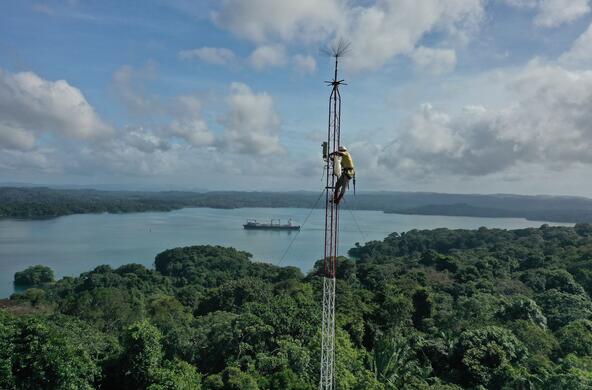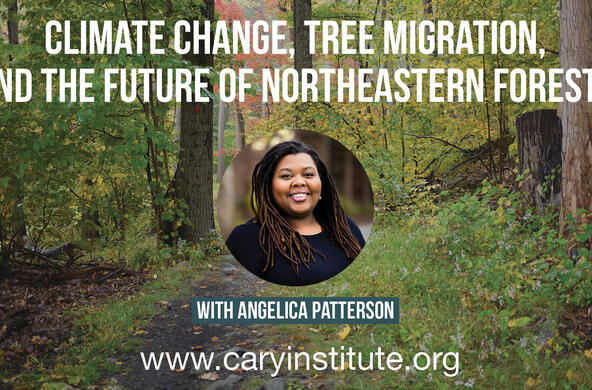This week we have a “guest” blog by Professor James Clark of Duke University who serves as a Laureate for Make Our Planet Great Again (MOPGA), a program of France’s President Macron. In December, Jim met with government officials in Paris, where he was asked to address specific problems of the environment, such as policy priorities that address biodiversity threats. With only minor edits, these are his thoughts:
Reducing the CO2 concentration of Earth’s atmosphere should be the highest policy priority. Appreciating the urgency doesn’t require a long-term perspective. The climate five years from now will not look like the climate of five years ago. Those who feel unscathed by recent extremes do not have long to wait. Each year we set temperature records. Many of this year’s records will fall next year, and again the year after that. We are not experiencing a ‘new normal’, but a trend with no visible endpoint. All other policy actions that could be taken now won’t matter if we fail to curb climate change. Efforts to save specific habitats and species will be overwhelmed by the direct, physiological impacts of heat and drought stress. I’ll start by saying why I believe that warming is the biggest crisis facing biodiversity. I’ll follow with a few words on what we can do about it.
Biodiversity faces many threats. Why do greenhouse gas emissions rise to the top of my policy concern for saving species? First, it’s important to put in perspective what we are learning from research. Much of global change science has focused on benchmarks that are used to compare models. This practice started as the ‘doubled CO2’ scenario. Today, model comparisons focus on a small number of emissions scenarios for specific dates in the future, e.g., the year 2050. Benchmarks often take the form of maps comparing where a species occurs today and where it could potentially occur under a specific scenario.
These benchmarks have substantial scientific value, but they are not the best way to think about the challenges faced by species. The locations of suitable habitats have become moving targets. As the ‘suitable climate’ for a species moves across a continent, it traverses unsuitable habitat. Species that can move are doing so, but each at its own pace and in different ways. Species that survive will be those that track these transient opportunities into the future. Suitable habitats for many will disappear or just become too unreliable. Species that outrun their natural enemies may benefit in the short term. But they’re not necessarily the species we’d like to see more of. Others are finding that suitable climates are no longer in the places where they can find food.
The prediction map for a species’ future ‘suitable climate’ can be diversionary; this is a race with climate change, it’s on now, and it’s not guided by benchmarks used to compare models. Without meaningful change in policy, this race has no finish line. We have no scientific foundation for the notion of a future ‘stable climate’. Thus far, we only have goals for reducing emissions, such as the Paris agreements that we’ve been unable to meet. The reorganization of biodiversity that is in progress now doesn’t have much to do with benchmarks. We cannot ‘prepare’ for a world that looks like any of these maps.
Ecologists feel acutely the loss of a single species. Today, we are talking about the loss of entire habitats, communities, and ecosystems. The cascading impacts on disease spread and food security are unknown. For me, the top policy priority for saving species is reduction in greenhouse gas emissions.
Both the looming crisis and what we can do about it have much to do with leadership. Our individual actions to use recyclables and alternative energy sources contribute to a collective sense of enfranchisement in the future. This ethic is critical, but these individual actions should not be mistaken for solutions to the current crisis. That has to come from leadership at the policy level.
The most important action for each of us can focus on the support of leaders who can make a difference. The leadership vacuum created by the withdraw of the U.S. from climate negotiation has to be filled by others. We need change in the US. Leadership in the future will be international. Those leaders will have a clear understanding that reducing greenhouse gas concentrations must happen now. Climate change must be at the top of policy goals, and we must push for the best leadership at all levels of government.







